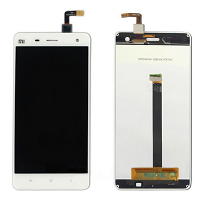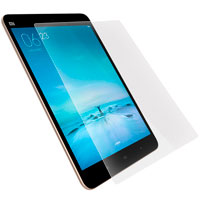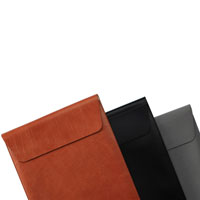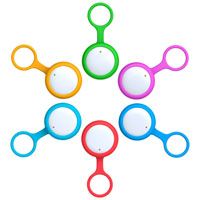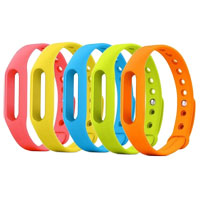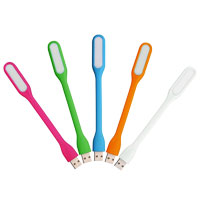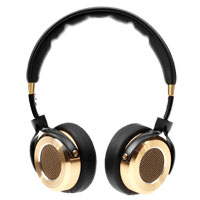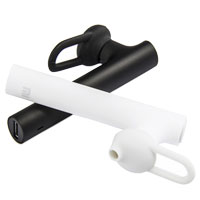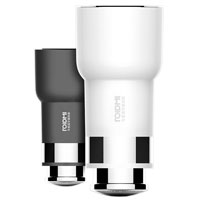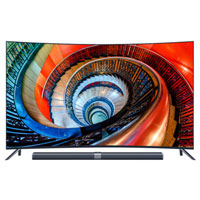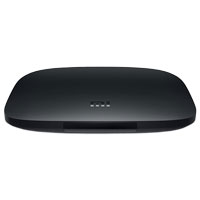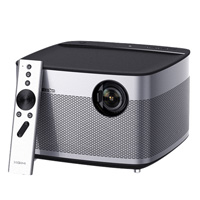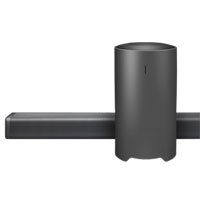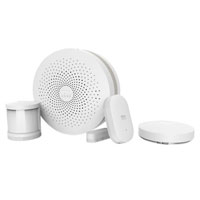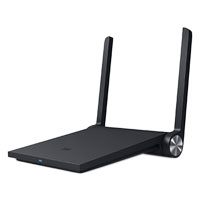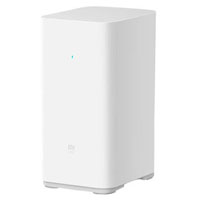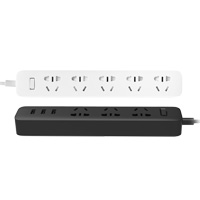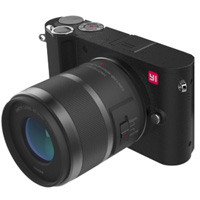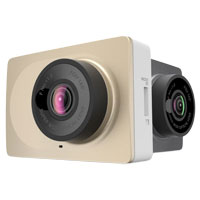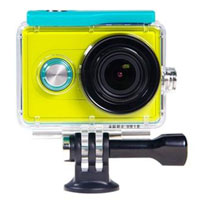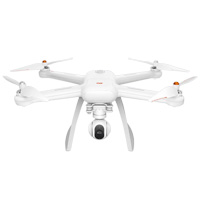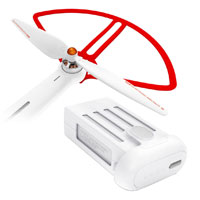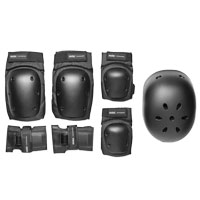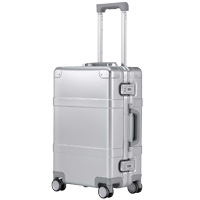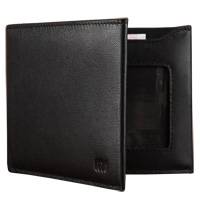Redmi smartphone line-up is one of the most popular Xiaomi ever done. The reasons for such a huge success are quite simple: they have a pleasant design, up-to-date characteristics, and an affordable price. The Redmi line-up has put on weight since the end of last year when Xiaomi introduced the launch of the fourth gen of Redmi smartphones with three new modifications — Redmi 4A, Redmi 4 and Redmi 4 Pro. We got the middle one with 2/16 GB for our review. Find out what it has under the hood and what it was like to use it.
Packaging
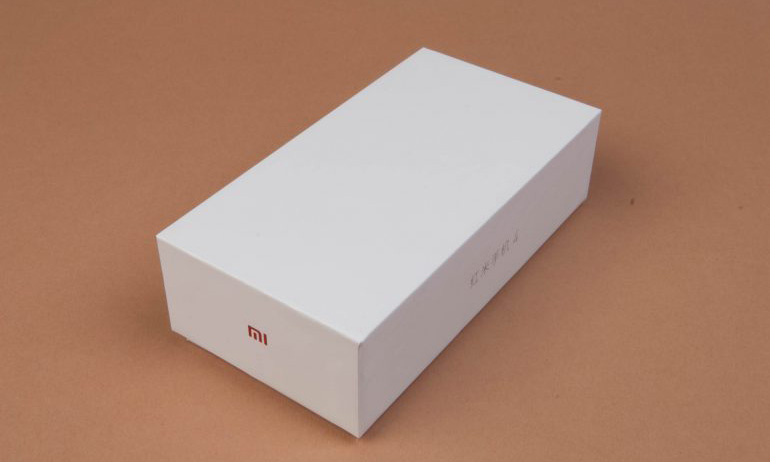
The packaging looks presentable. Redmi 4 ships in a white cardboard box with number „4” almost indiscernible showing on its front and main characteristics stamped to its back. Here is what comes in the box: the smartphone, a charger, a USB cable, a paperclip to remove an SIM-card, a warranty card, and a short instruction manual.
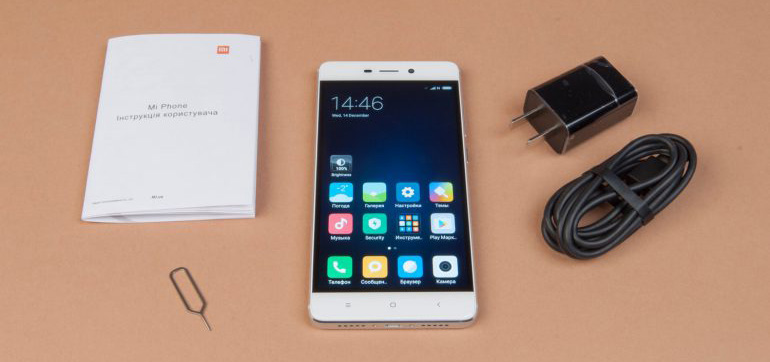
Design
If you have seen latest Xiaomi smartphones before you know the drill here. The entire front is covered with 2.5D glass with a 5 MP selfie-shooter jammed above the screen.
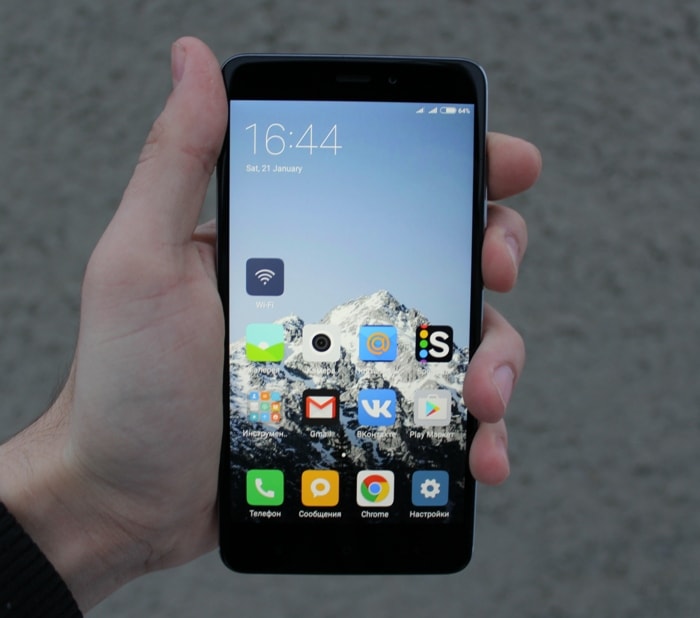
The back portion has a main camera with LED flash and fingertip scanner. The left side is occupied by a slot for two SIM-cards (Micro and Nano) or one SIM card and one MicroSD card. Its right side hosts power and volume buttons. A 3.5 mm audio jack, microphone and IR-port sit on top, USB port — on the bottom.
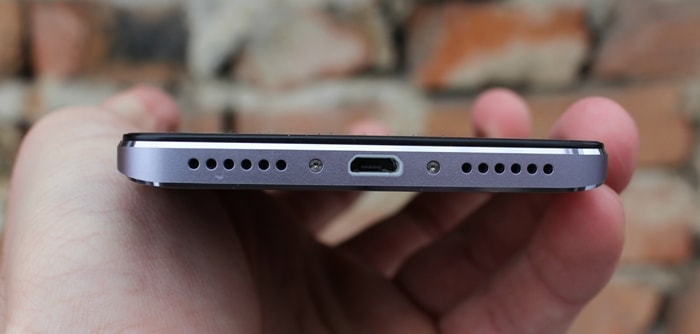
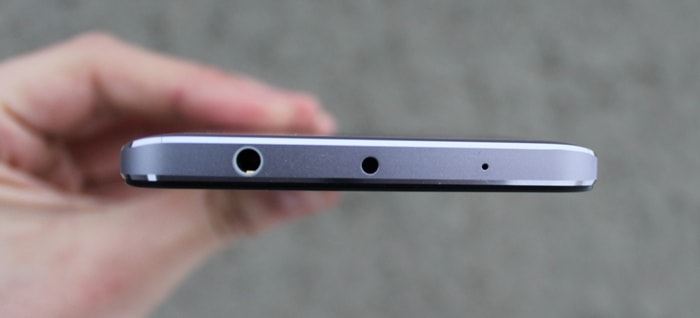
Thanks to curved edges Redmi 4 is comfortable to hold. It measures 141.3×69.6×8.9 mm and weighs 156 g.
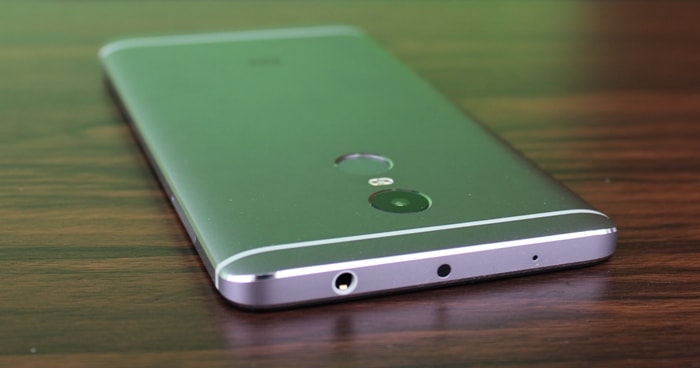
Display
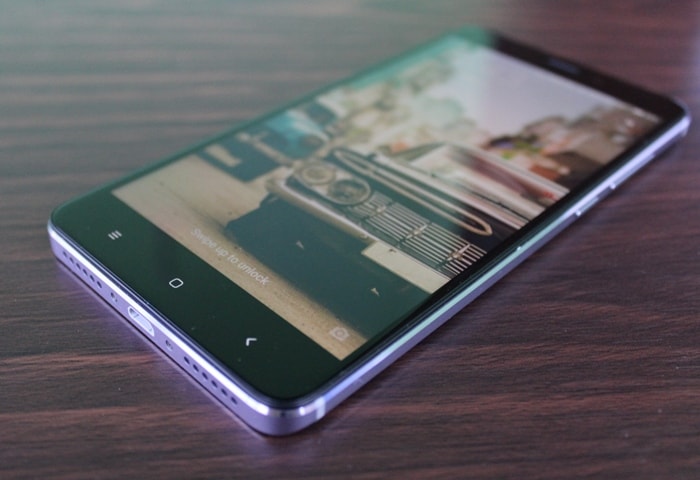
Redmi 4 sports a
The display is sensitive to contact and supports multitouch. To wake the screen when it blacks out you need to tap it twice. Synthetics tests proved that Redmi 4 recognizes the presence of 10 fingers at a time.
Processor
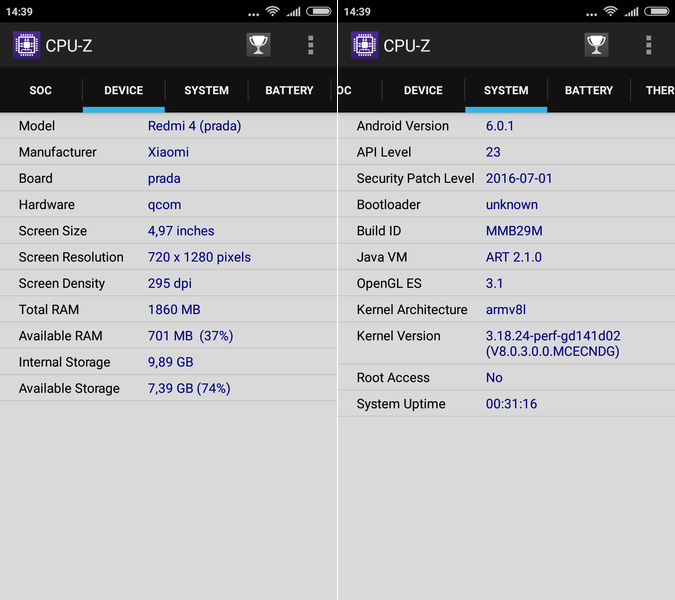
Redmi 4 uses a 1.4 GHz octa-core Snapdragon 430 processor and has 2 GB RAM. It excelled in at all the tasks we challenged it with and we found it a delight to work on. 8 GB of flesh-memory is not quite the amount everybody looks for today, but there is a possibility to increase it to 128 GB with a help of MicroSD.
Operation system

Redmi 4 is lucky to be running OS Android 6.0 MIUI
Camera
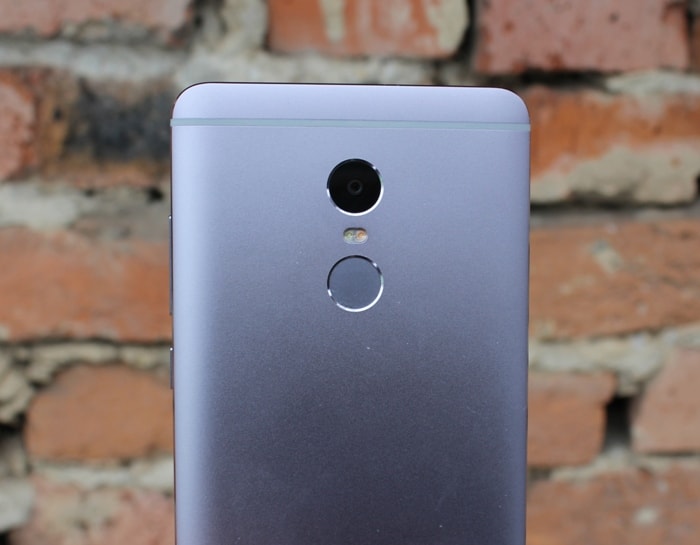
The main camera is a 13 MP sensor with f/2.2 aperture, phase detection autofocus that jazzes you with lots of special effects, like panorama shots, HDR mode, and a bunch settings to edit photos. A LED flashlight came in handy in the evening and in dimly lit environments. The 5 MP front-facing shooter does great selfies and decent video-calls. It also supports facial recognition and timer mode.
Battery
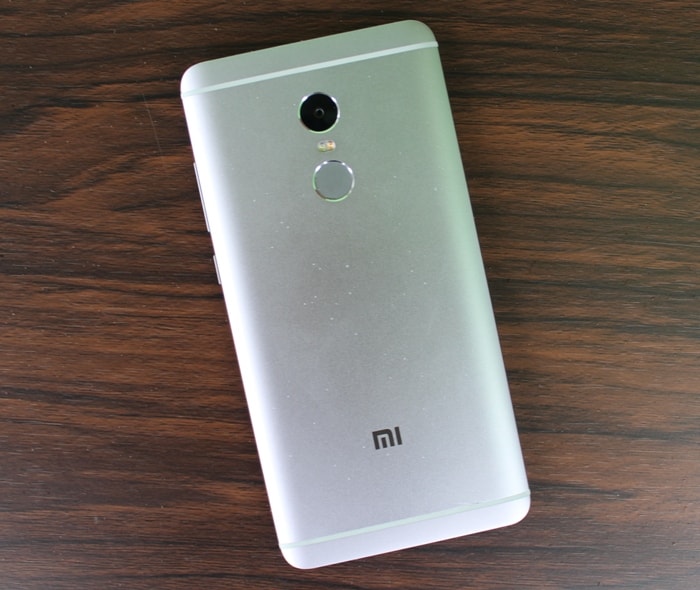
Redmi 4 adopted an inbuilt 4100 mAh battery. We were able to get through a day and a half with it, doing things we normally do. Under much lighter strain, like surfing the web less, playing videos at min brightness or fiddling with the camera not so often, it could probably live for 2 days.
Connectivity
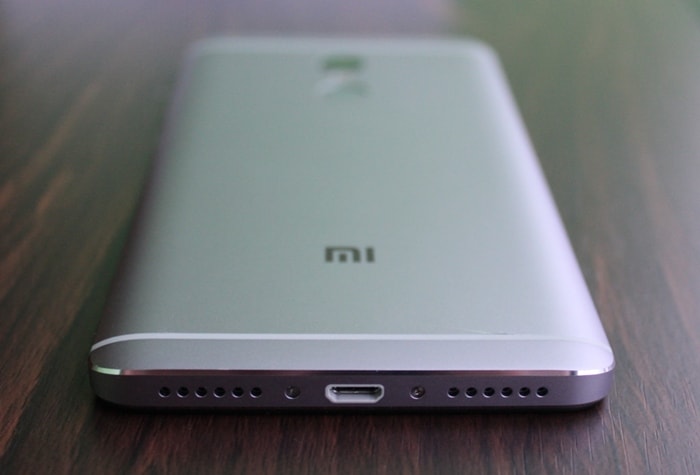
For all your needs there is Wi-Fi 802.11 a/b/g/n, Bluetooth 4.1, GPS, GLONASS and USB port. IR-port turns your smartphone into a remote control for MiJia smart home devices. Redmi 4 supports 2G, 3G, and 4G networks.
Fingerprint scanner
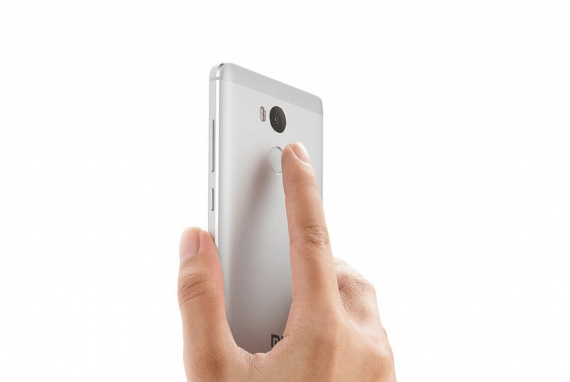
We had no issues with unlocking the phone as the scanner recognizes a pad of your finger very accurately. We also used it to restrict access to some of the apps and personal files like mail or gallery. For a better security, Redmi 4 can register up to 5 different fingerprints.
Let us end it by saying that Redmi 4 is a good-looking smartphone with some high-end charm. There is a lot to love about it, because it can to do pretty much any task you want to do on a smartphone.



